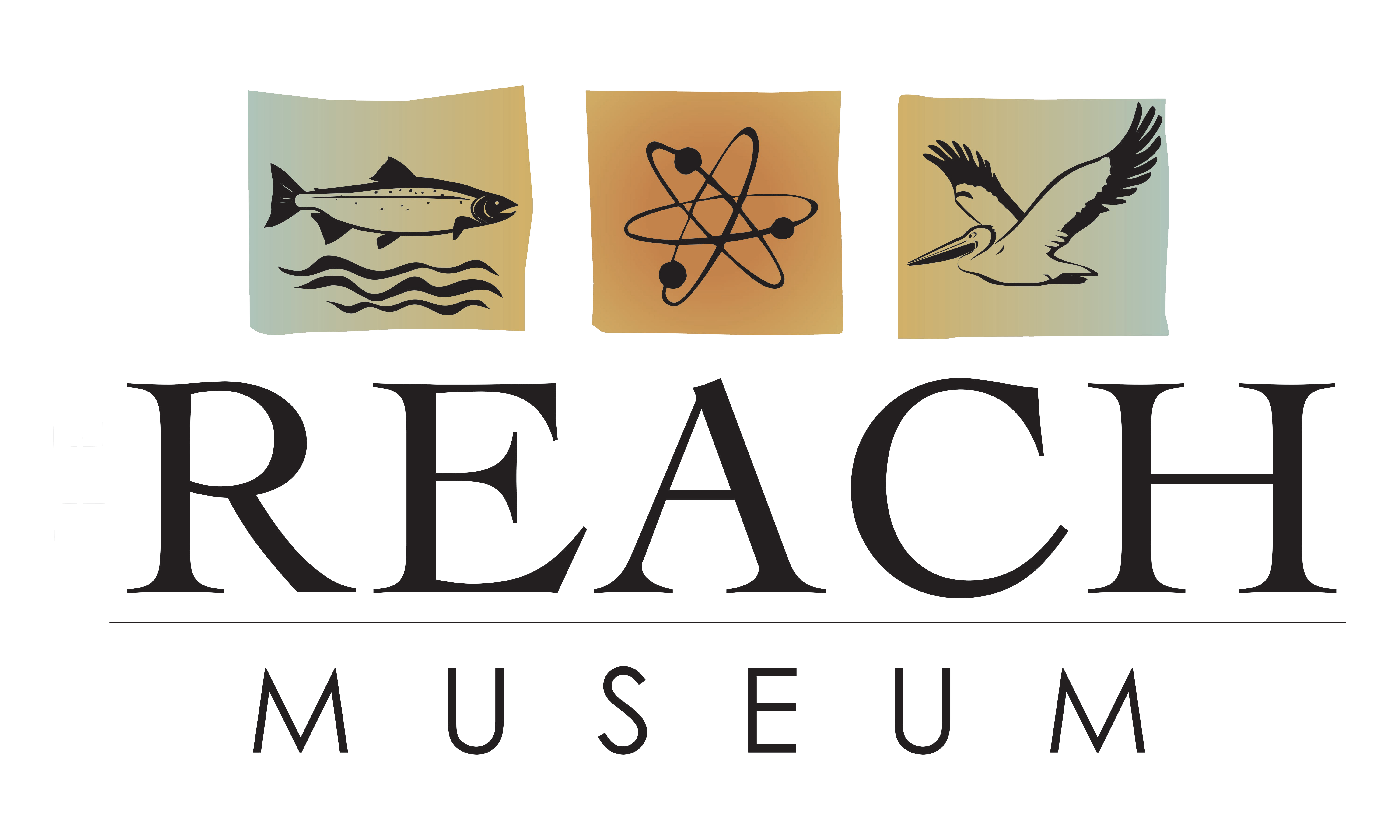
Bats
Bats are the only flying mammals. They belong to the order of Chiroptera which means “hand-wing.” Bones in a bat’s wing work similarly to the human hand. The bat’s bones are longer and connect to a double membrane of skin to form the wing.
There are over 1,200 species of bats worldwide. Fifteen are native to Washington.
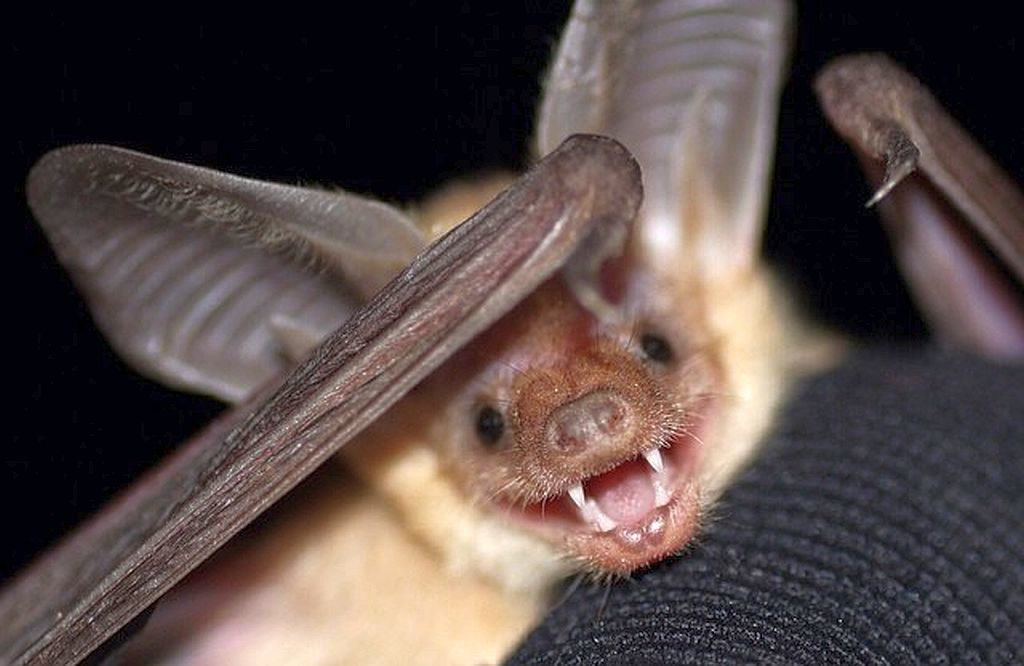
To locate their prey bats use echolocation. High-pitched sound waves made by the bat bounce off of objects like trees and insects. The bat has to interpret the change in pitch of the reflected sound to determine which object it is. Some bats then use their wings or tail to scoop up the prey. Other bats hang from perches and wait for their food to pass by.
Bats are prey to house cats, raccoons, minks, weasels, owls, hawks, and snakes. Keeping your pet cat indoors is one easy way to protect bats.
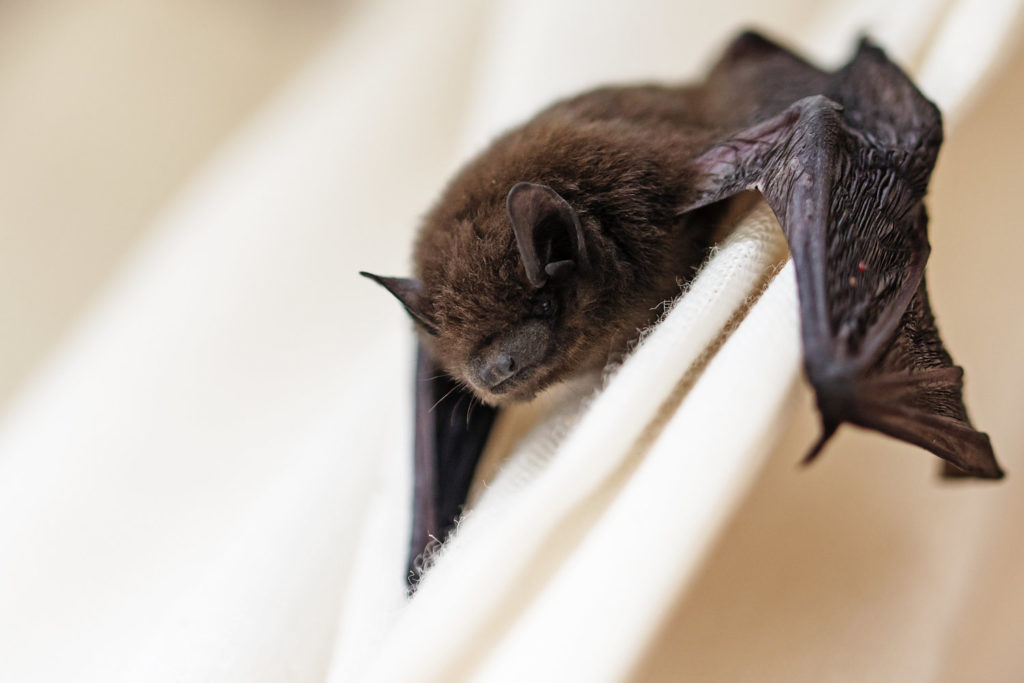
The place bats live is called a roost. Habitats used specifically for hibernation are called hibernacula. Both must protect bats from predators, light, noise, and other disturbances. For hibernacula, the temperature can’t dip below freezing and the humidity must stay high and constant to keep bats hydrated.
Common bat roosts and hibernacula include trees, caves, mine shafts, tunnels, old wells, rock crevices, talus slopes, and attics.
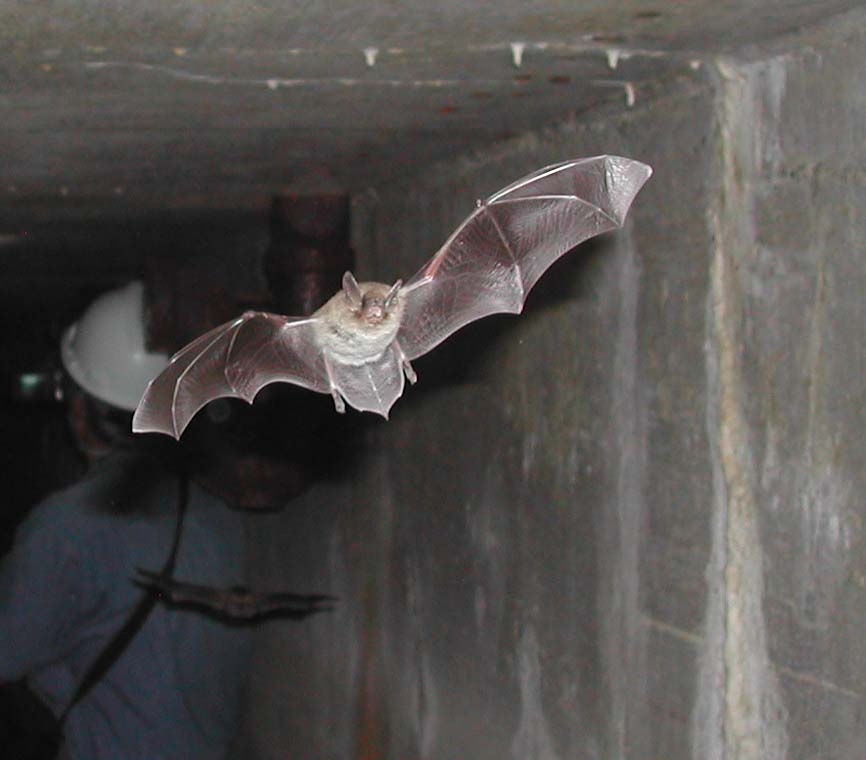
Bats are not family pets; they are wild animals. If you do find a bat, do not touch it with your bare hands. Contact your local wildlife agency or animal control.
Humans are one of the main reasons for bat deaths. Human activity can destroy habitats or expose bats to toxins, either directly or indirectly when bats eat insects that have been treated with pesticides and herbicides.
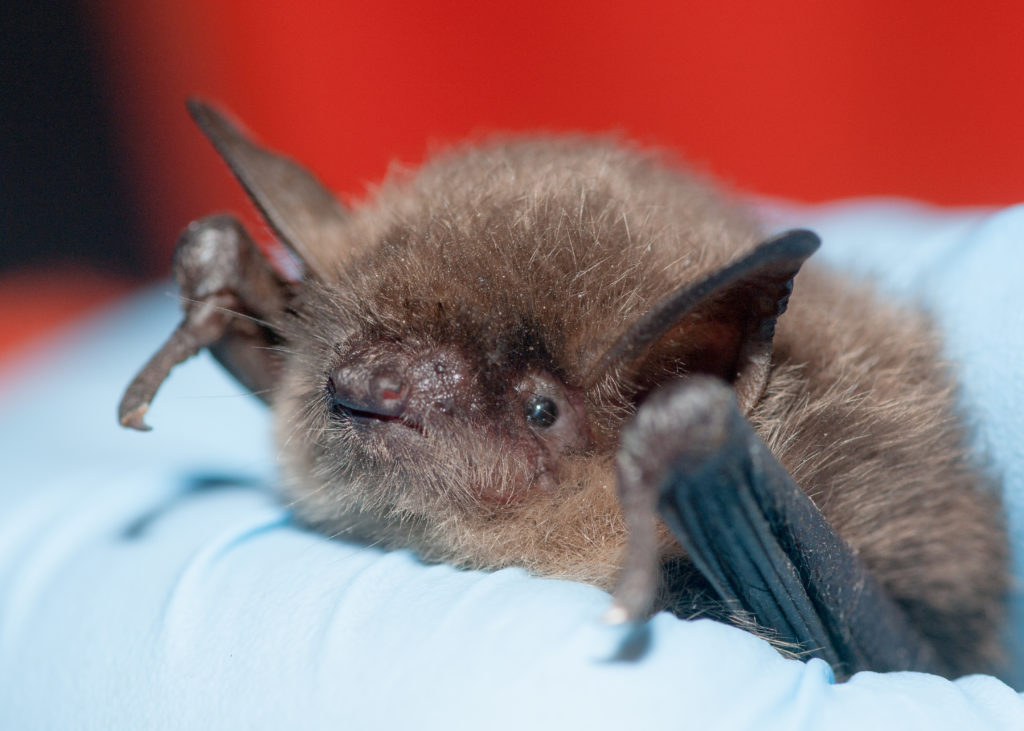
It can be good to have bats nearby, especially for farms and orchards. Bats pollinate a variety of plants and disperse seeds, continuing the production of fruits that support local economies. Bat droppings are valuable as a rich fertilizer. Additionally, bats are a natural pest control, eating pesky bugs without damaging crops.

